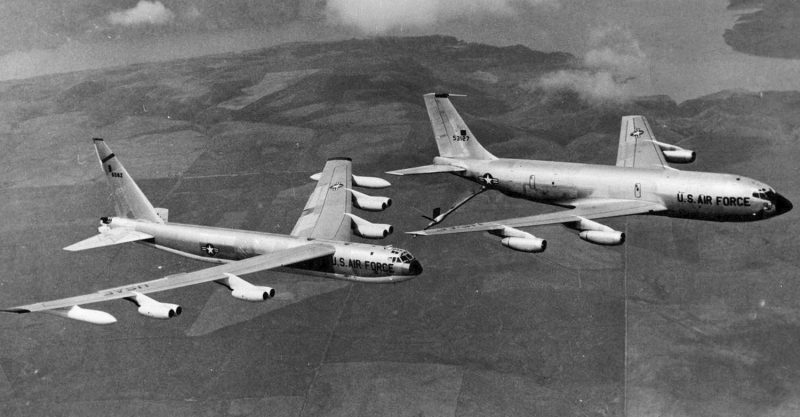On January 17, 1966, a terrible plane crash that threatened the life of the whole country occurred over the Spanish settlement of Palomares.
During refueling in the air, an American strategic bomber B-52G with thermonuclear weapons on board collided with a KC-135 Stratotanker. This plane crash led to a diplomatic crisis.
In March 2009, Time magazine included the incident in the list of the most serious nuclear disasters.
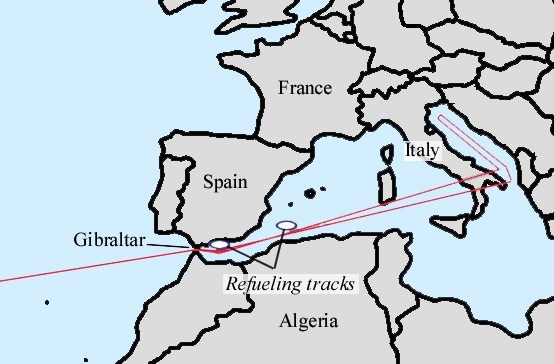
During the Cold War, Strategic Air Command USA conducted a program codenamed Chrome Dome, initiated by General Thomas Sarsfield Power. As part of this and other airspace programs, strategic bombers B-52 carrying nuclear weapons were located near points outside the USSR.
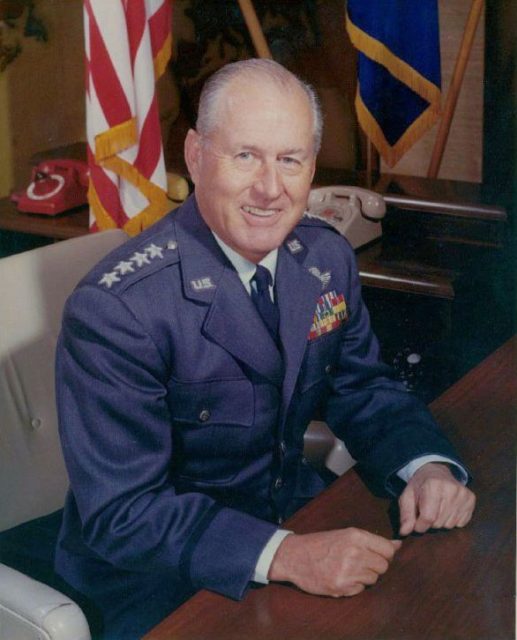
In the event of war breaking out, these measures made certain that no time was wasted preparing aircraft for counter-attack. In addition, the path to their target would be as short as possible. It also ensured the survival of the bombers in the event the first wave of strikes targetted airports.
On January 7, 1966, a B-52G flew from the Seymour Johnson Air Force Base, North Carolina, on a regular patrol, carrying four B28RI hydrogen bombs, each with a power of 1.45 Mt of TNT equivalent. The patrol route passed across the Atlantic Ocean and the Mediterranean Sea to the European borders of the Soviet Union.
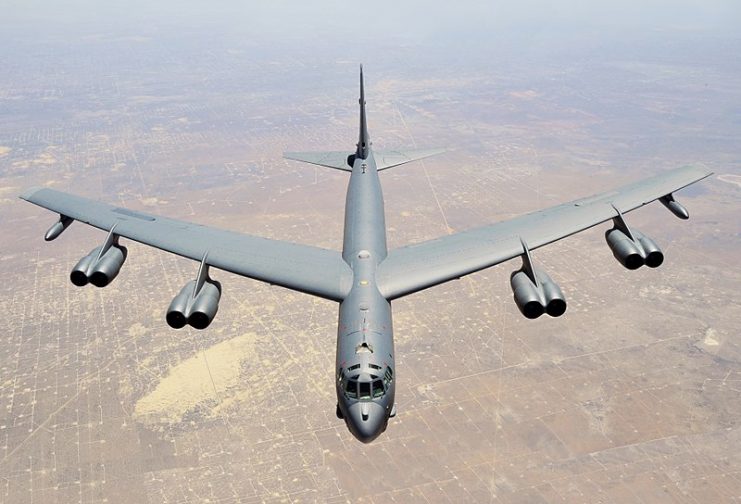
During the flight, two refuelings were scheduled to be performed in the air over Spain.
About 10:30 am, the second refueling took place with the help of the KC-135 at an altitude of 31,000 feet (9,450 m). However, a collision occurred in the area of the fishing village Palomares.
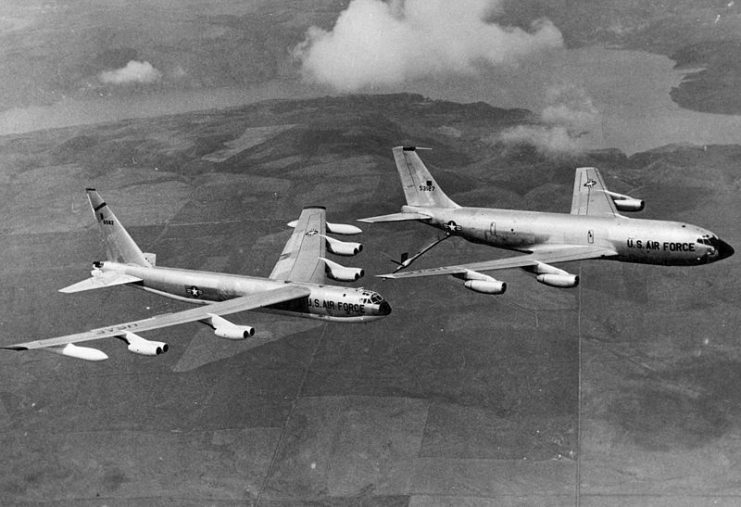
The pilot of B-52, Major Larry G. Messinger, recalled:
We came in behind the tanker, and we were a little bit fast, and we started to overrun him a little bit. There is a procedure they have in refueling where if the boom operator feels that you’re getting too close and it’s a dangerous situation, he will call, “Break away, break away, break away.” There was no call for a break away, so we didn’t see anything dangerous about the situation. But all of a sudden, all hell seemed to break loose.
The cause of the accident was the nozzle of the refueling boom hitting the bomber on the upper part of the fuselage. This broke the spar and caused a fire.
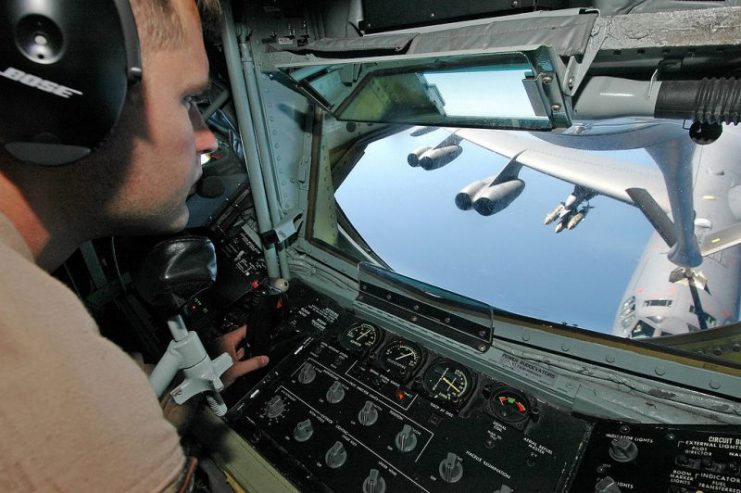
As a result, the B-52G lost the left wing and began to fall rapidly to the left. The fire spread through the refueling rod and upon reaching the tanker caused an explosion.
The subsequent crash killed the entire crew of four people on board the KC-135. Of the seven members of the bomber, only four survived. The second B-52 bomber witnessed the plane crash.
Debris from both aircraft as well as four hydrogen bombs fell to the ground in the Palomares area. Luckily, there were no casualties on the ground.
Within three minutes of the crash, the first report of the incident was received at the US Air Force base in Torrejon near Madrid. Major General Delmar E. Wilson, the base commander, flew to the scene with the emergency response team to manage the search and rescue operation.
US President, Lyndon Johnson, had ordered all possible measures be taken to detect any bombs.
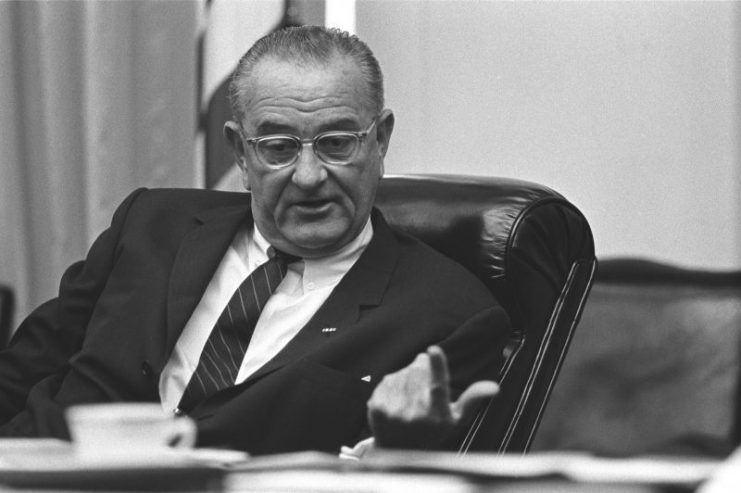
The first bomb found was found virtually untouched. However, the explosives of the other two bombs that fell to the ground exploded without causing a nuclear explosion, which resulted in an effect similar to a “dirty bomb.” The fourth bomb was only found after two months of searching in the Mediterranean.
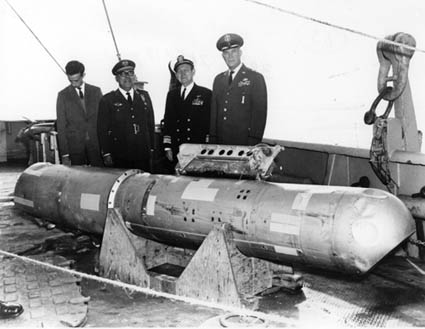
About 260 hectares (about 1.0 square miles) including residential areas, tomato farms, and forests were contaminated with radioactive material.
Alongside the search for bombs, work was carried out to decontaminate the disaster area. Damaged agricultural infrastructure was restored. All contaminated soil with a level of radioactive contamination above 1.2 MBq/m2 was sent to the Savannah River Plant in South Carolina plant for disposal.
According to the testimony, no health problems were found among the local population of Palomares.
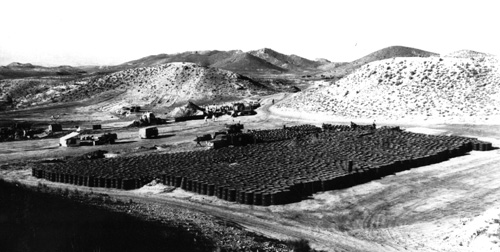
In order to reduce public tension about pollution, on March 8, 1966, US Ambassador, Angier Biddle Duke, and the Spanish Minister of Tourism and Information, Manuel Fraga Iribarne, went swimming from nearby beaches in front of the press.
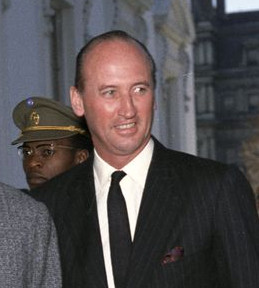
The United States satisfied 536 applications for compensation by paying $711,000. In three cases, the amount of $500-600 was paid to people who reported physical injuries because of the disaster. The angler who witnessed the fall of the bomb in the sea received compensation of $14,500.
On January 25, 1966, the US government announced that it would no longer fly nuclear bombers over Spain. On January 29, the Spanish government officially banned such flights.
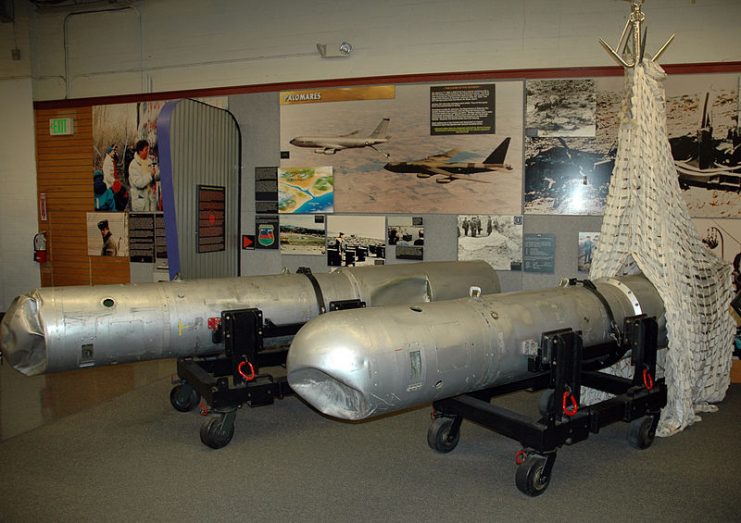
Read another story from us: B-1 Bomber Developer Helped End Cold War – Left A Mark on History
Shortly after that, operation Chrome Dome was significantly reduced. US Secretary of Defense, Robert McNamara, insisted on a complete cessation of the operation, but his position did not receive support. Lyndon Johnson ordered a reduction in the number of departures from 24 to four per day.
As of 2008, the only memorial of the accident in Palomares is a small side street called “17 January 1966.”
